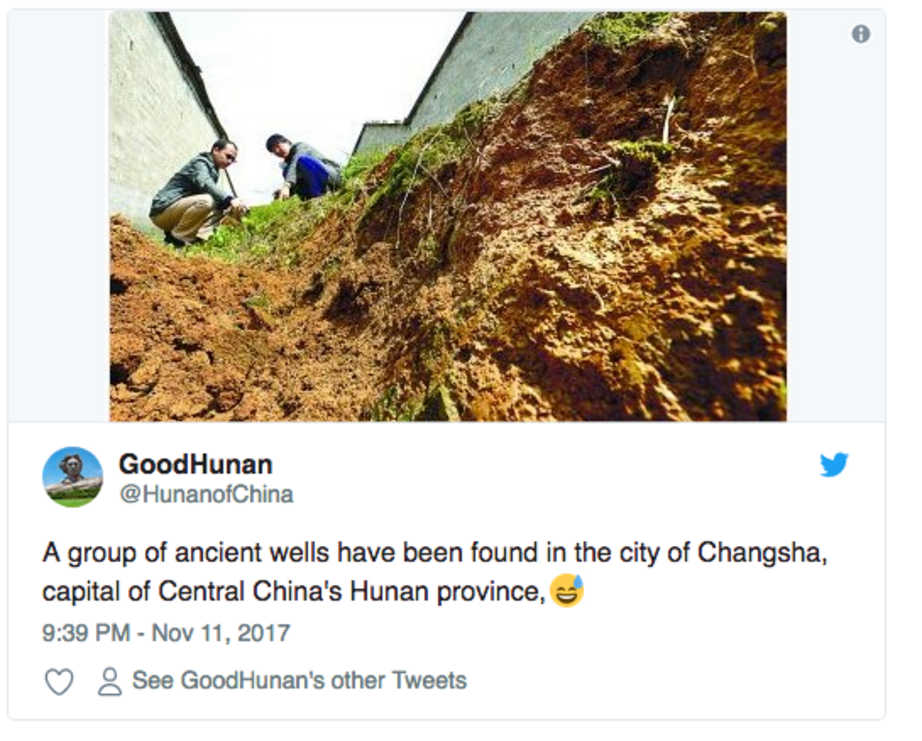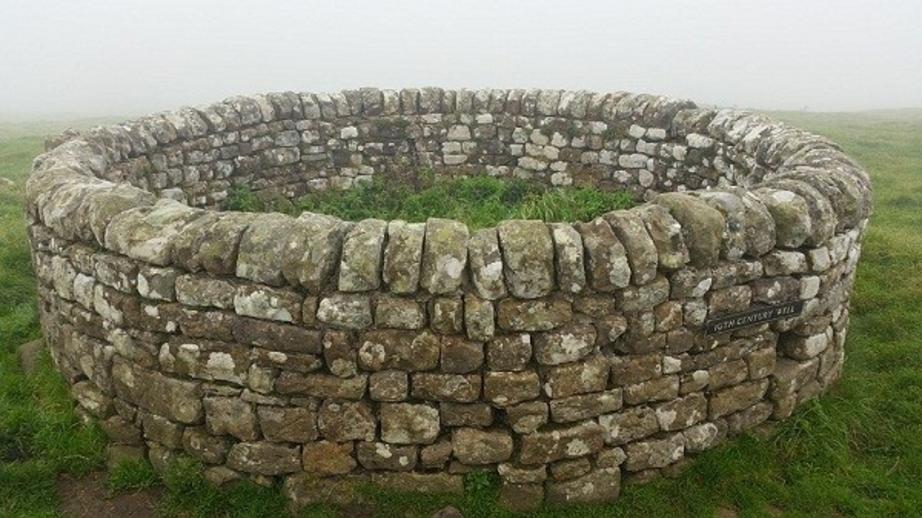Chinese archeologists find 9,000-year-old wells in central China
A team of archeologists has discovered 9,000-year-old wells in central China’s Xiping County in Henan Province. The wells, six in number, are the oldest wells ever found in China, according to Wei Xingtao, deputy head of the provincial archaeological research institute.
Earlier, Chinese archeologists believed that that the first wells in China were built along the Yangtze River about 6,000 to 7,000 years ago in the late Neolithic period, but the new finding “pushes the origins of China’s wells back over 2,000 years.”
“The invention of wells was of great significance as it freed people from their reliance on rivers for water,” Wei said.
According to Wei, one well had a depth of about 5.2 meters. Some wells had stairs that were most likely constructed to allow people fetch water from a greater depth.
The archeological team also unearthed a variety of different items from inside the wells, including five pottery pots that ancient people used to carry water. These pots were found to have ears that were probably created to pass a string through them. The pots helped archeologists confirm that the structures discovered were indeed wells.
“The people probably dropped the pots accidentally into the wells while fetching water,” Wei told Xinhua New.
“Why were the wells dug here? What were they used for? Irrigation? Drinking water? Or water for making pottery? These are questions yet to be answered,” added Wei.
The archeological department is currently carrying out a detailed study to answer these questions.

Archeologists in China have discovered several ancient sites in the country over the past few years. In December last year, researchers announced the discovery of a 3,000-year-old Marquis’ tomb in Ningxia’s Pengyang County in northwest China. This new finding suggested that Ningxia Hui Autonomous Region in NW China might have been under the imperial rule of Chinese emperors much earlier than archeologists previously believed.
This archeological site, known as Yaoheyuan Ruins, attracted top experts from the Chinese Academy of Social Sciences, Peking University, and Nanjing University. The official excavation started in the first part of the 2017. By December 2017, archeologists had excavated an area of about 620,000 square meters.
Ma Qiang, the head of the archeological team, revealed that all the tombs found at this site were looted prior to the start of the excavation work.
The team also found the main tomb of a Marquis-level ruler 13 meters underground. Two jade mantis were discovered from the tomb.
“The jade item provides strong evidence of the tomb owner’s relationship with the imperial governments during the period from the late Shang to the middle of Western Zhou (1046 B.C. – 771 B.C.) dynasties,” said Zhang Tian’en from the Shaanxi Provincial Archeological Research Institute.

